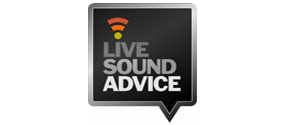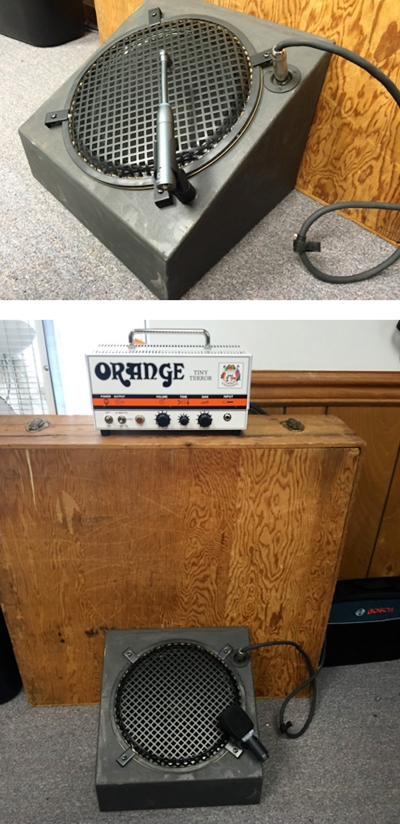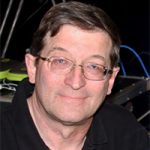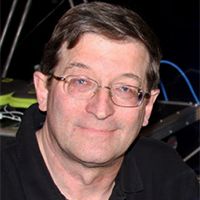The first installment of this series (here) drew some pretty interesting feedback.
One reader called me a “Nazi” who was trying to interfere with his tone, adding that he would never turn down his guitar amp. On the other hand, a pretty well-known producer/engineer told me I was exactly on-point, and that some notable touring acts are beginning to implement the sort of monitoring techniques that I first began working with nearly 40 years ago.
In a nutshell, this project is not about forcing anyone to do anything. The mission is to provide monitoring alternatives that will allow the musicians and engineers to work together to provide a better mix for the audience. While some musicians feel that they’re only playing for themselves, those who want to enjoy steady work understand that they’re really playing for the audience.

Let’s explore a bit of the psychology of volume levels on stage and why it’s such a touchy subject. As a preface, please remember that I’m a child of the 1960s and 70s and played in some of the loudest bands imaginable. So if I can do this, then you can too.
Conditioned Behavior
Why do musicians want to play loud? And why do they get so upset when they’re asked to turn it down? Growing up, there’s a time when the “music bug” bites many of us. Mine happened at about age 14, which made it 1968. So it was “Mony, Mony” and “Lady Madonna” 45s being played in my room. Not terribly loud at that point, but then came 1969 and Led Zeppelin.
At that point, something ignited and I felt that this music needed to be played as loud as the phonograph would go. Deep Purple and Santana soon joined my record collection, as did Black Sabbath. So I crammed a full drum kit and a Kustom 100 guitar amp into my bedroom along with a Hammond M3 organ and started learning a lot of rock tunes.
However, while it was fun jamming along with the records, I soon found that my parents did not share my enthusiasm for loud music. Just as I would get playing a really cool (and loud) lead, they’d start pounding on the bedroom door and telling me to “turn that garbage down.” Many of you probably recall similar episodes.
So now when someone tells us to turn it down, we recall those parental battles. Don’t believe it? Try the opposite. Tell a musician to “turn it up” and it’s almost 100-percent likely that they’ll be happy with the acknowledgement that you like their playing. So telling them to turn it down must mean the opposite, correct?
It’s one of the biggest sticking points with sound engineers asking a musician to turn down particular instruments. We have to get around the “parental reflex” we’ve been conditioned to accept as normal.
Assembling The Elements
How can we convince musicians to try smaller amps, monitors, and so on? I recall exactly how I did it 35 years ago, but your mileage may vary. In the ‘60s and ‘70s there were few sound reinforcement systems powerful enough handle all of the stage instruments, so instead we used Marshall stacks, SVT cabinets, multiple Leslie cabinets, and really loud drummers.

But by the mid-‘70s, after a few years of playing in a really loud rock band, I figured out that a steady diet of double SVT cabinets and full Marshall stacks was going to eventually kill my hearing. So I came up with a plan to reduce stage volume by putting everything directly into the PA.
In those days a lot of us used something like a Kustom 100 PA, driven by all of 50 watts and really only suitable for vocals. So I took my four (count ‘em, four) Ampeg SVT 8 by 10-inch cabinets and turned them into subwoofers for the PA. Next I installed Gauss cone drivers in my EV Voice of the Theater cabinets, put Atlas PD60 drivers on the horns, and then added banks of piezo tweeters for everything above 10 kHz. This package was completed by wiring electronic crossovers with adjustable frequencies using 531 op-amps, joined by a bunch of hand-built Heathkit and Dynaco power amplifiers.
After a year of experimenting, it evolved into a pretty solid 5 kW system that would easily handle all of the instruments without resorting to big stage amps. I then built power soaks to tame our 100-watt Marshall amps down to 20 watts or so, and designed guitar wedge cabinets that would direct the sound of the Jensen or Celestion speakers right back at the musicians. I even designed and built DI boxes with speaker emulation so to eliminate mics and cross bleed on stage.
Finally, I put together effects pedals for the guitar players that had 12AX7 and 12AU7 tubes creating all of the desired compression and distortion, plus I added overdrive tubes with a master volume control into the Hammond B3 so it could scream at a lower volume. This was before any of these products existed commercially, so I was in uncharted territory.
Mixed Reviews
Were the musicians happy? Not by a long shot. I soon had a revolt on my hands.
For example, one of the guitar players admitted that while adding a power soak and small speaker/mic wedge sounded great, he couldn’t get over the fact that nobody would see a stack of speakers behind him.
The argument went along the lines that unless he had his Marshall cabinets behind him (now unplugged, I might add), the crowd coming into the bar wouldn’t recognize him. Now, he was a great player and didn’t need any props, but he insisted that he couldn’t play as well without a big speaker stack, even one that was disconnected. And after a while, he left the band.
To convince potential replacement guitar players that I wasn’t crazy, I set up the 5 kW sound system in a field outside and let them bring their amps. That’s when I found Karl. He had a guitar cabinet cut in half so he could put a 12-inch speaker on each side of the stage. I showed him that he could either play through his stage amp all by itself, or play through an off-stage cabinet running on a power soak with an SM57 feeding into the big PA.
Karl stepped out in front of the system to play a few leads, and almost immediately asked, “Why would I want to play though just the stage amp when I could be playing though all of the loudspeakers of this big PA?” I had my first convert.














